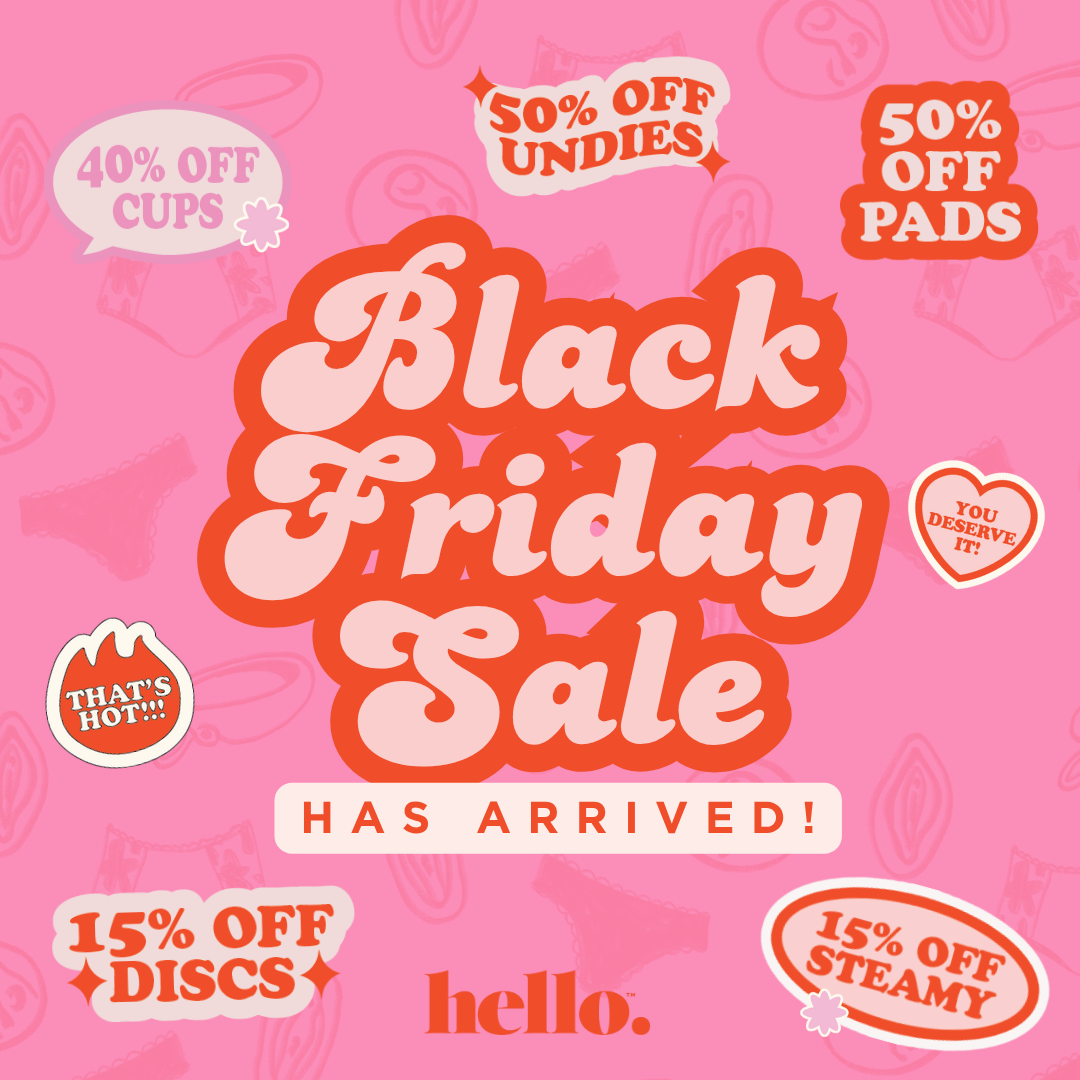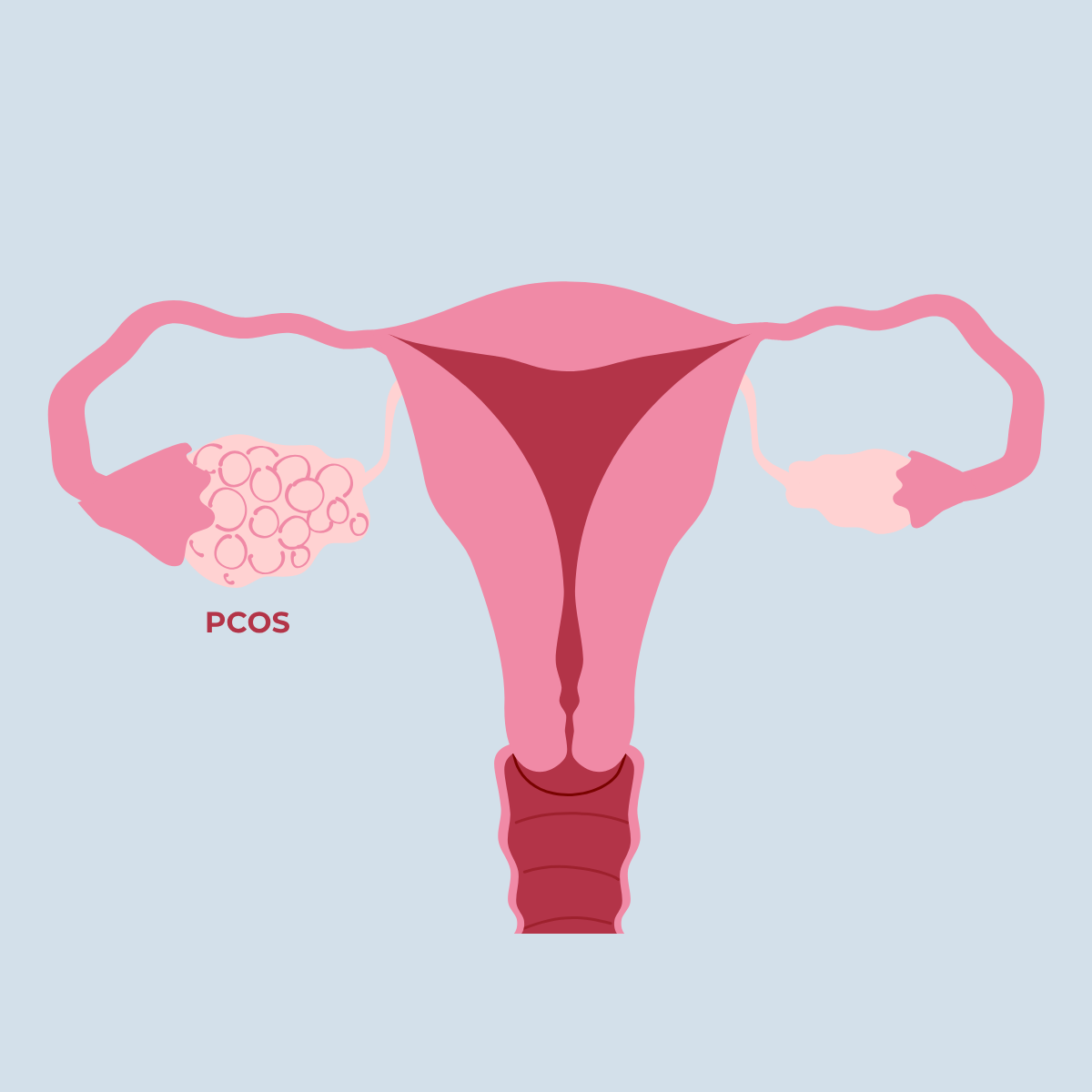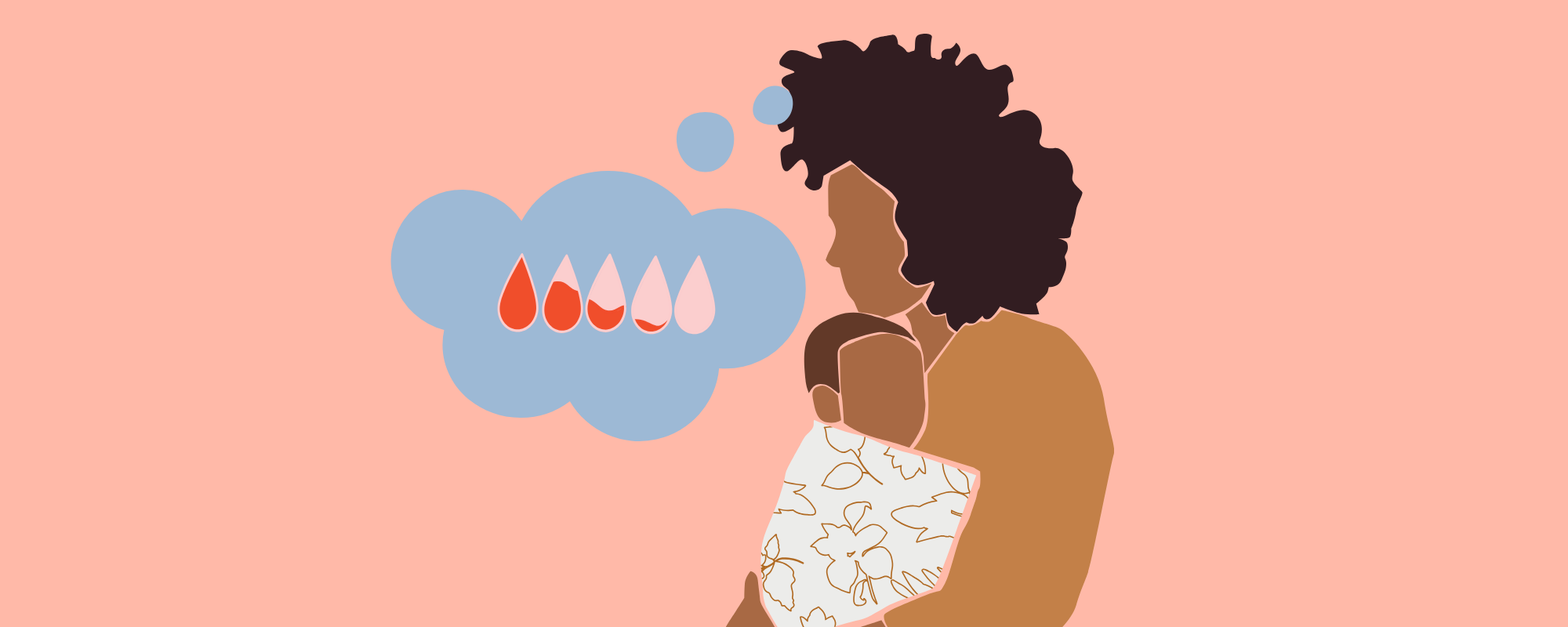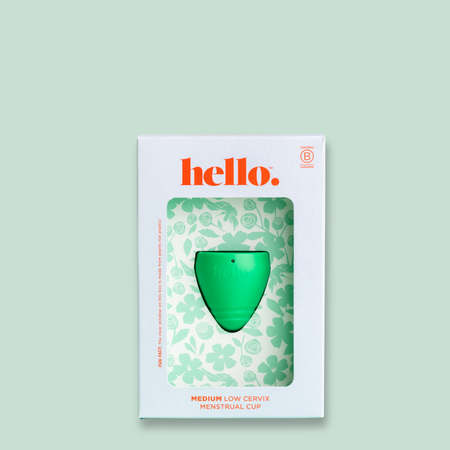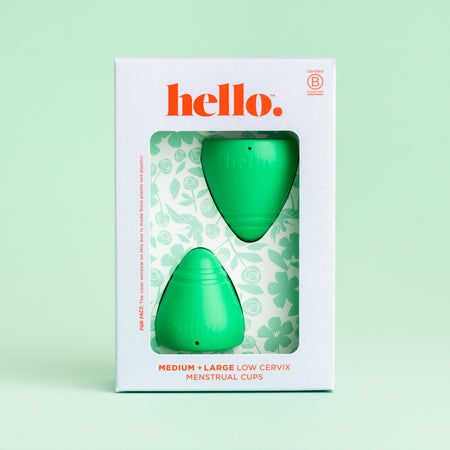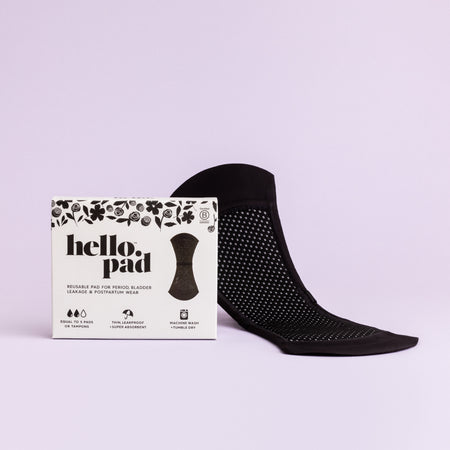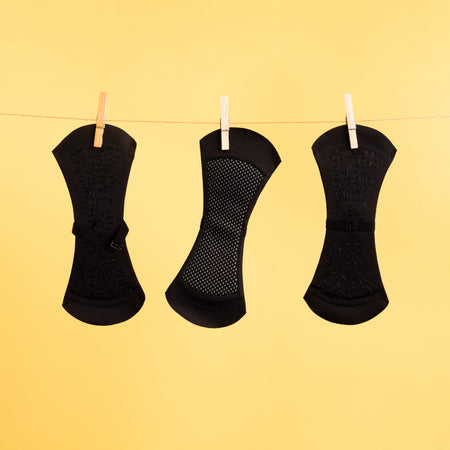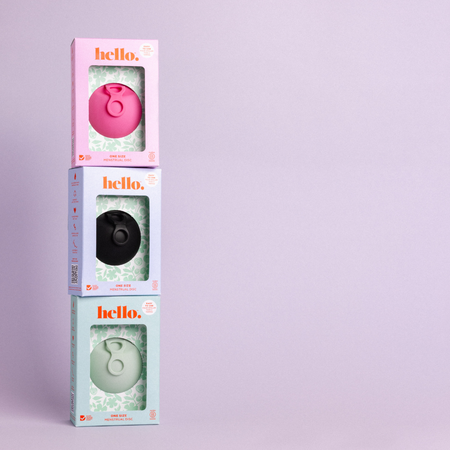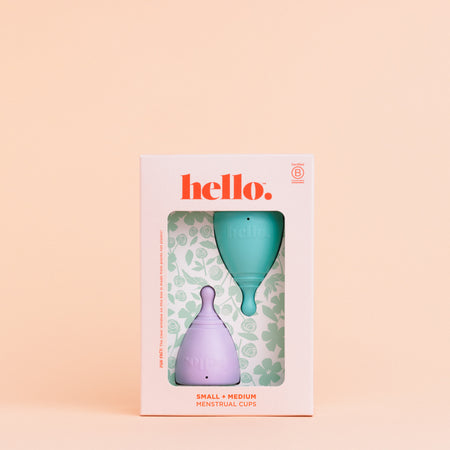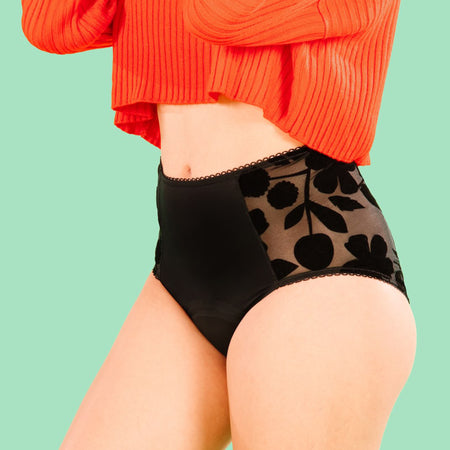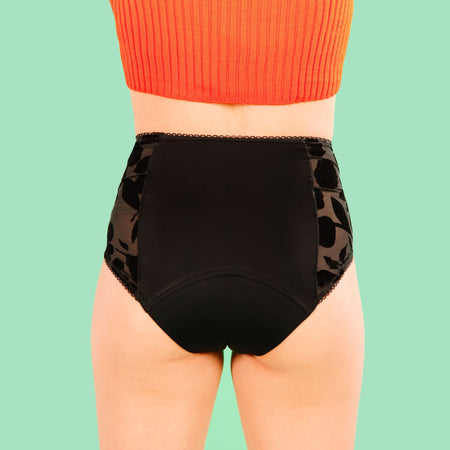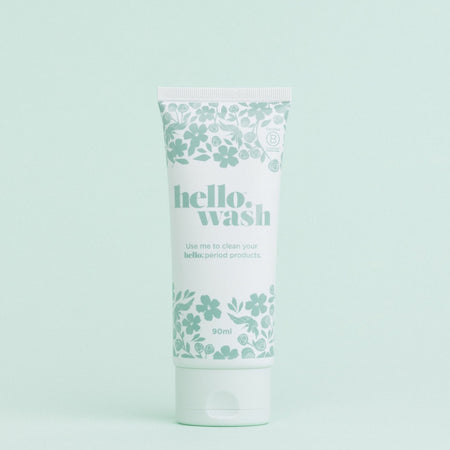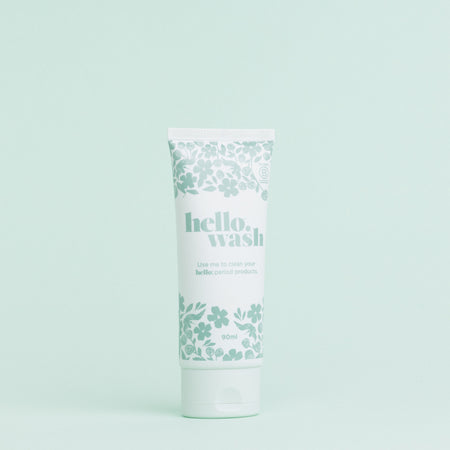If you are unsure about the different types of period products and need help deciding which one is best for you, then this guide has you covered.
Buckle up; here’s a comprehensive look at all the options out there, along with their pros and cons. We’ll share some tips and ensure you’re armed with the right information to find the right fit. So, just grab yourself a cuppa, and let's dive into the amazing world of periods together.
What Are Period Products?
Different period products come in varied forms, such as tampons, pads, menstrual cups, and period undies, to mention a few. These different forms have pros and cons so that the girls can choose what is most suitable for their body and their lifestyle. While tampons and pads have been around for a while, a whole world of brilliantly sustainable and reusable types of period products like the menstrual disc and cup, as well as period undies and pads, have gained popularity over time.
Keep in mind that there is no universal solution when it comes to period products; each person has their own unique needs and preferences
Types of Period Products
1. Sanitary Pads
Sanitary pads are absorbent pads that stick to the inside of underwear. They come in different sizes, and absorbencies. For lighter days, there are thin ones, and for heavier flows, there are thicker ones. Some have wings that help them stay in place better, too.
Pros
- Easy to use
- Widely available
- No internal insertion required
Cons
- Can feel bulky
- Single-use
- Needs regular changing
- Often will make a rustling or crackling noise – not very discreet
How Do You Use Menstrual Pads?
Peel off the paper to show its sticky side first. Then, put this part straight down on the middle part of your underwear. If there are wings on your pad, peel the backs of those, too, and wrap them around both sides of your undies so everything stays nice and tight. Make sure it's sitting comfortably and covering where most liquid comes out (usually towards the front). You want it snug but not bunched.
Average Cost
Depending on quantity and brand of these different types of menstrual products, a typical pack of sanitary pads costs between $4 and $10.
2. Tampons
Tampons are little tubes made of absorbent material designed to be inserted internally, where they soak up your period.
They also come in various sizes and absorbencies so that you can choose what suits your flow best on different days. Some have applicators, which might be helpful, especially when starting out.
Pros
- Discreet and compact
- Allows for swimming and physical activities
- Variety of sizes for different flows
Cons
- Requires internal insertion, which can often feel uncomfortably dry
- Risk of Toxic Shock Syndrome (TSS) if not used correctly
- Single-use
- Can contain forever chemicals that are harmful to the body
How do I use a tampon?
First, take a deep breath and get into a comfortable position, sit on the toilet, or stand with one foot on the edge of the bathtub. The next step is to insert the applicator (or tampon if there’s no applicator) gently into your vagina at a slight angle towards the small of your back. Use either your finger or the applicator to push the tampon inside and then remove if necessary while leaving the string hanging out so that it’s easier for you to take out later.
Check whether it’s comfortable when in. If not, try pushing further or starting over. You can tell that everything has been done correctly when you don’t feel it anymore and you’re good to go for about 3-4 hours before the next change.
How much do tampons cost on average?
The price ranges between $5-$10 per package.
3. Menstrual Cups
Menstrual cups are flexible bell shaped cups typically made from medical grade silicone or latex rubber. They comes in different sizes to cater to all body shapes.
Unlike other types of period products, such as pads or tampons, where blood is absorbed into the material, menstrual cups catch and collect it, meaning no need for frequent trips to the bathroom for changes and waste production.
Menstrual cups are an affordable option. A single cup will last several years, saving you money in the long run. They also give you great convenience. They can stay in place for up to 12 hours, depending on your flow, and are especially suitable for those with active lifestyles. Cleaning them is easy—simply empty out any contents, rinse off, and reinsert.
Although it may take some getting used to initially, using a menstrual cup will transform your periods completely once you've got the hang of it.
Pros
- Environment friendly and affordable
- Up to 12 hours of protection
- Reusable
- It can last for many years if well taken care of
Cons
- It requires internal insertion
- Has a learning curve at first use
- Needs proper cleaning and sterilising
How to Use Menstrual Cups
First off, wash your hands. Then, fold the cup. We recommend using a shallow punchdown fold. Gently insert the folded cup into your vagina, aiming towards your lower back, and let it open up inside.
To ensure that it’s in place, give the base a little twist or run your finger around the rim to check if it’s fully unfolded. You can leave it in for up to 12 hours depending on your flow. When taking it out, gently pinch the base to break the seal and gently pull it out.
Empty the contents, rinse it with water, and you can reinsert it. At the end of your cycle, however, ensure to give it a thorough clean before storing it in a breathable pouch or drawer.
Average Cost
The cost of menstrual cups ranges from $20-$60 depending on quality and design with a lifespan of up to 5 years.
4. Menstrual Discs
These innovative flexible round period discs are usually made out of medical grade silicone that sit just at the base of your cervix, behind the pubic bone. They are positioned higher up in the vaginal canal rather than lower down like most other period products do.
Like cups, it collects your period. This also means you could keep one in for mess-free intimacy, if that's your thing.
Pros
- Can be used for mess-free period sex
- Can be worn for up to 12 hours
- Relatively easy to insert
- Reusable and lasts for years
- One size fits most people, and intuitive to use
Cons
- Requires internal insertion
- Some menstrual discs are tricky to remove
- Requires care in between use
How do you use Menstrual Discs?
To use a menstrual disc, wash your hands before starting. Pinch the disc in half and then push it up to your cervix. After that, you may tuck it backward toward your pubic bone. You won’t feel uncomfortable when it’s in place if you have done it correctly. When it's time for removal, hook your finger in and cautiously pull it down. To avoid spills, keep it parallel to the floor while removing it. Empty its contents into the toilet or sink, rinse the disc off under cold water, and reinsert.
Average Cost
We recommend investing in high-quality types of period products like menstrual discs, notably the Hello Disc. It can hold up to 50 ml of liquid (equivalent to 4-5 tampons) and is designed with a double loop tab for easy removal. It retails at $60 NZD and lasts up to 5 years, making it a great money saver.
5. Period Underwear
Period undies are designed with built-in layers to absorb menstrual blood, which helps keep you comfortable and dry all day long. In appearance and texture, they are identical to regular undies but have special super powers.
Depending on your preferences, these undergarments can be worn alone or as a backup together with other items, such as tampons or menstrual cups, especially on heavy flow days. Their reusability makes them an awesomely sustainable alternative to single-use pads and tampons.
They are very discreet, so nobody will ever know you have them on unless told otherwise. They are perfect for everyday wear or even sleeping in.
Pros
- Comfortable and easy to use
- Reusable hence eco-friendly
- No need for internal insertion
Cons
- Needs frequent washing
- Can be expensive upfront
- May require multiple pairs for heavy flow
How Do You Use Period Underwear?
To wear them, just put them on like any other underwear. They are usually made with different levels of absorbency, so go for what suits you most—it could be light, moderate, or heavy flow.
Average Cost
The average price range for a pair of period underwear is $20 - $40.
How to Find the Best Period Product that Suits You?
The key to finding the right types of period products is to understand your own body and what works best for you personally. Here are some things to consider;
- Lifestyle: Consider whether you need something discreet for the office or a product that’s great for going to the gym.
- Menstrual Flow: On heavy flow days, you might need to opt for a menstrual disc or cup, while lighter flow days might just call for reusable pads or period undies.
- Sensitivity: Hypoallergenic options are a good choice for those with sensitive skin or allergies. Read the brand’s label carefully.
- Environmental Impact: If sustainability matters to you, reusable products like menstrual cups and discs or period underwear and pads are great options.
Where You Can Buy The Best Period Products?
If you’re looking to invest in these types of period products, you’re sure to have an experience that will change your period cycle. Visit Hello Period and check out the feminine hygiene products list of quality, award-winning period products that are loved by thousands of menstruators worldwide.






